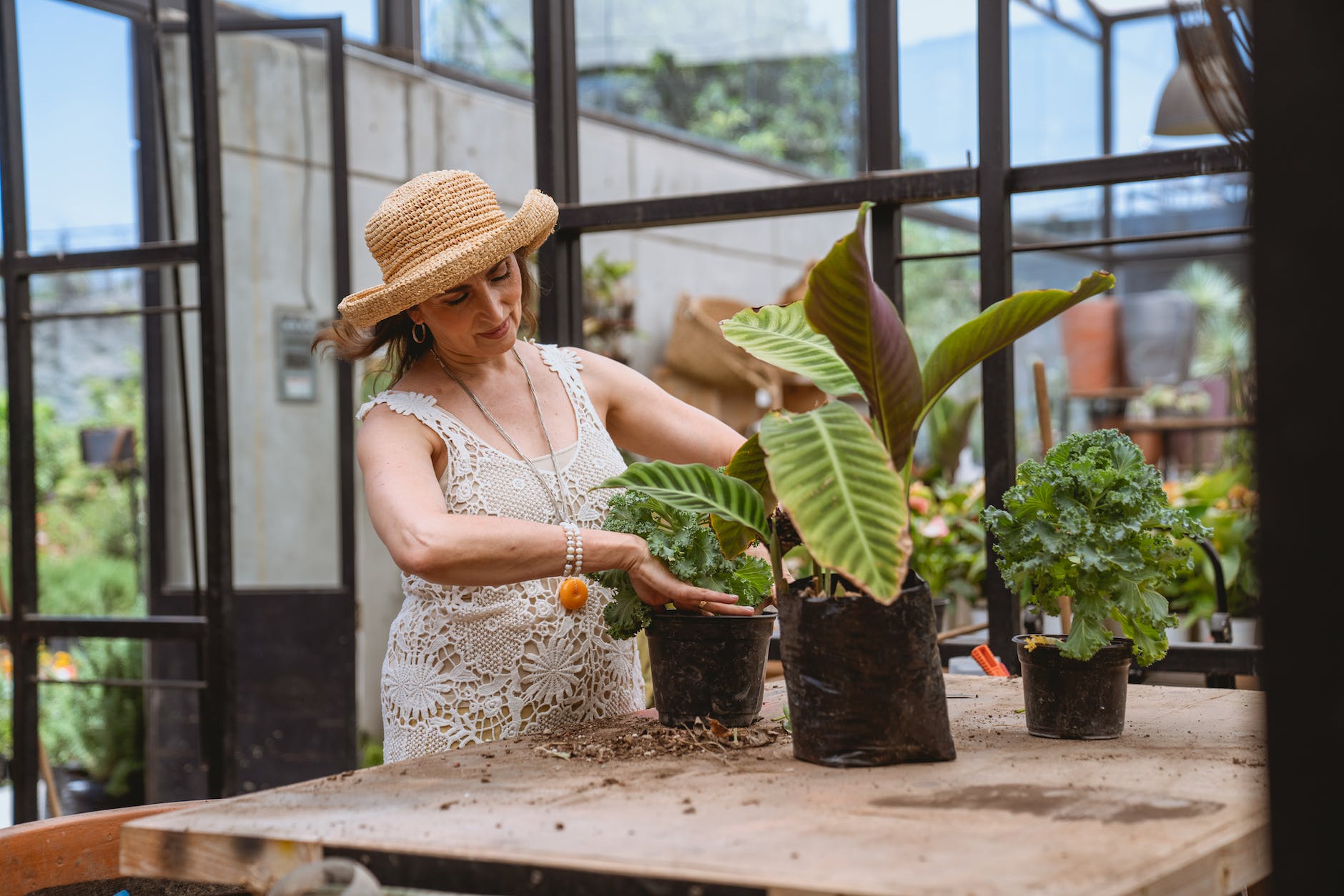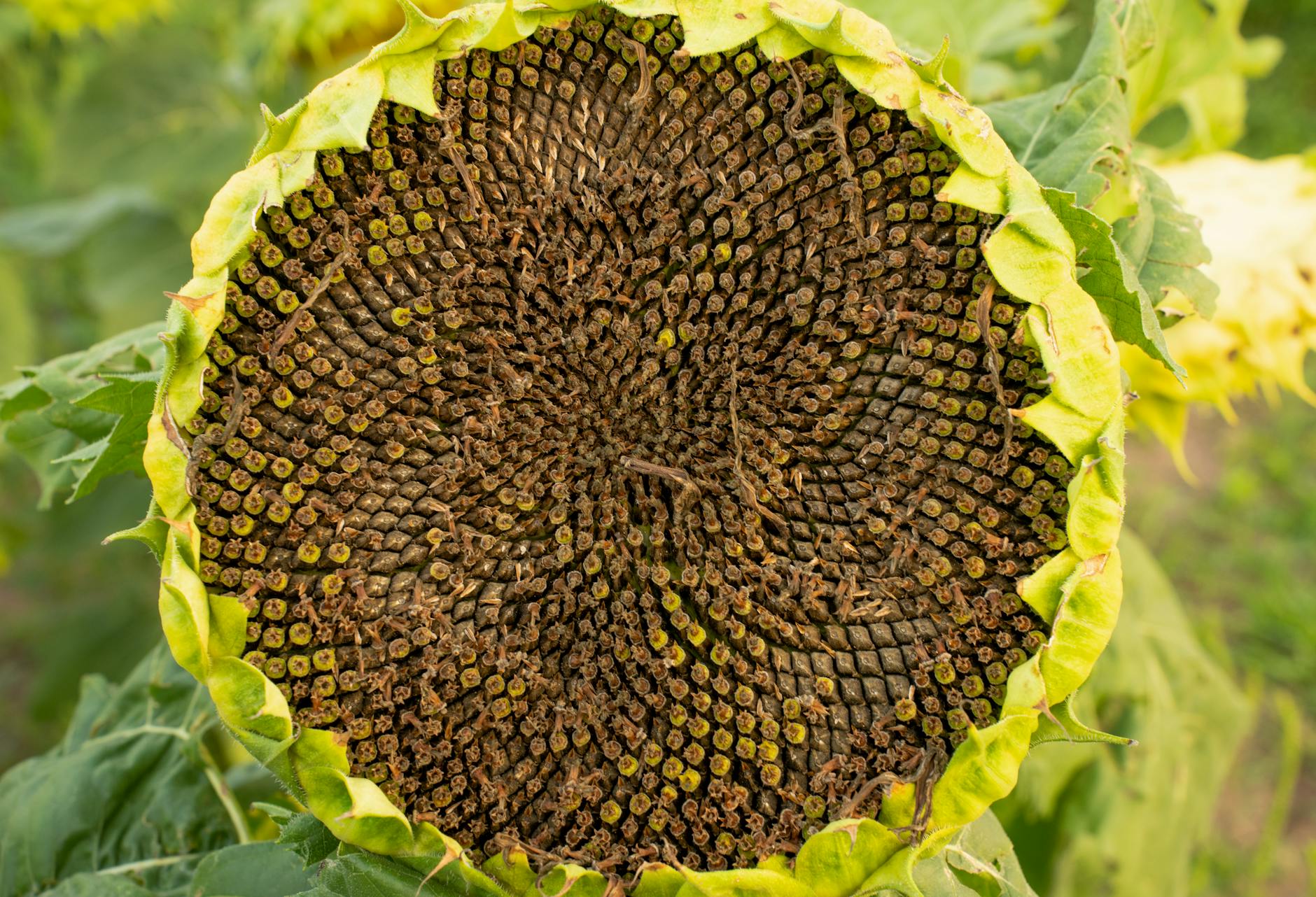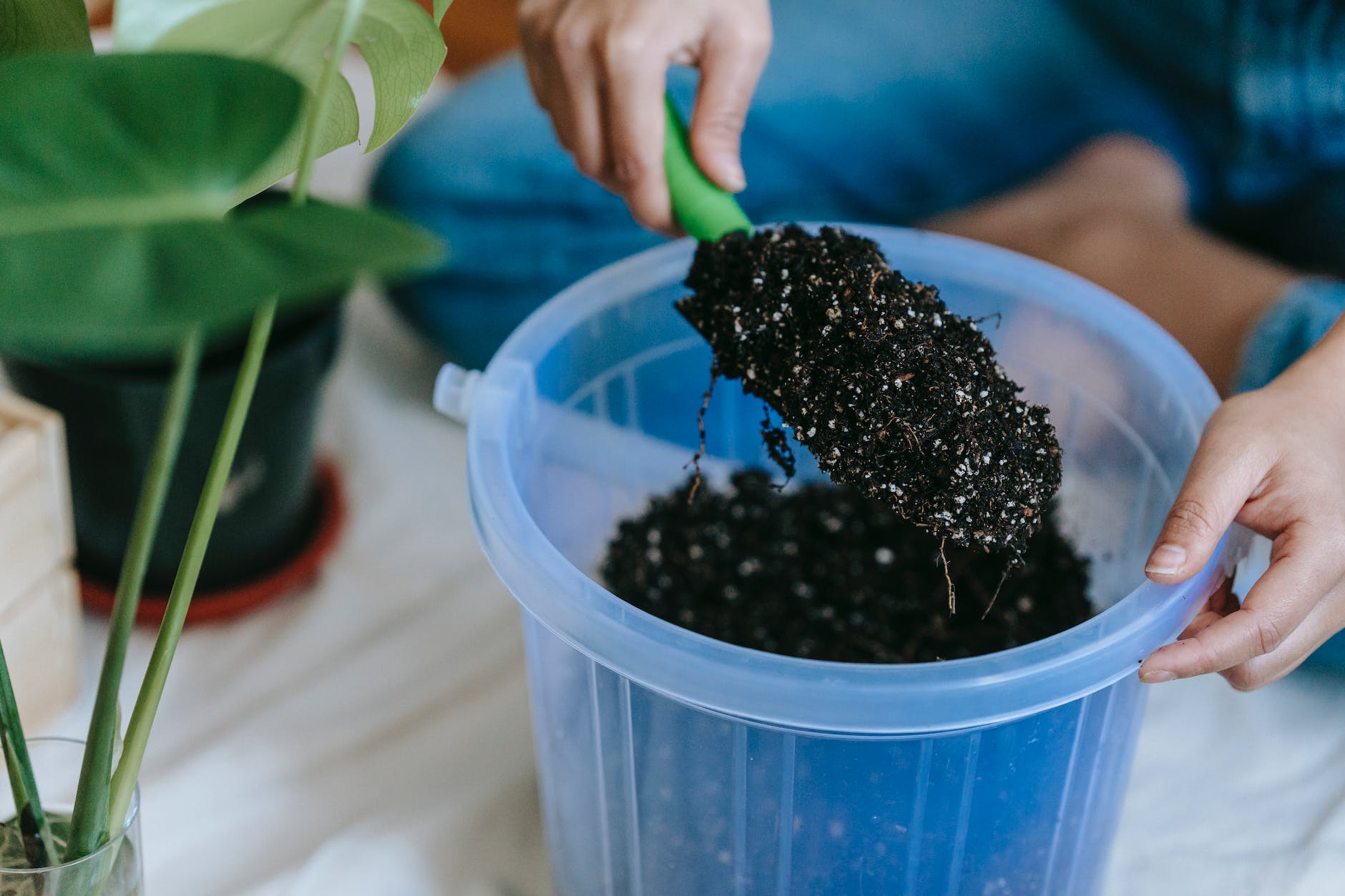Growing cannabis at home can seem like a daunting task, especially for beginners. However, if you familiarize yourself with the basics of cannabis cultivation, nurture your plants with love, patience, and care, you too can reap a bountiful harvest. This guide walks you through every stage: from seed selection and soil preparation to harvesting tips.
The first step in your indoor gardening adventure involves choosing the right cannabis strain. Your seed selection should be based on factors such as growth difficulty, plant size, and desired yields. Some strains are more beginner-friendly than others. For example, Auto-flowering seeds transition from their vegetative phase to their flowering phase without requiring a light schedule change, making them easier to grow for first-timers.
Soil preparation is the next crucial step. The soil serves as the primary source of nutrients for your plant. If it lacks in quality, the growth potential of your cannabis plant is affected. Most growers prefer soil with a pH level of 6.0-7.0. You can use store-bought soil specifically designed for cannabis growth, or make your own mix. Cannabis-specific soils consist of cannabis nutrients that facilitate growth.
Cannabis plants require a decent amount of water to thrive appropriately. Improper watering techniques can lead to issues like over-or-under watering that can harm your plants. It’s essential to water the plants adequately when the top 1-2 inches of soil dries out.
Lighting systems are vital in indoor cannabis cultivation. Photosynthesis is powered by light, which means the more light your plants get, the more they grow. Affordable options for beginners include Compact Fluorescent Lights (CFLs), and Light Emitting Diode (LED) bulbs. It’s necessary to ensure that the plants get an ample amount of light without being exposed to high-intensity light that could damage them.
In addition to providing light, your indoor garden requires sufficient ventilation. Stagnant air can create a breeding zone for molds and pests. Installing an exhaust fan can help maintain the ideal temperature for cannabis cultivation.
As your plants grow, they might need a little grooming. Pruning and trimming allow more light and energy to reach the budding sites. This technique also helps to maintain the size and shape of the plants, thus controlling their growth.
Equally vital to plant health is pest control. Cannabis plants are prone to attract mites, aphids, and other pests that can damage the yield. Using organic pesticides can eliminate these pests without causing harm to the plants or to your health.
Once your plant has fully matured, it’s time to reap the fruits of your labor, quite literally. When almost 60-70% of the pistils have darkened, that’s a good sign that your plant is ready for harvest. Harvesting tips for beginners include cutting the plant, trimming away extra leaves, and letting the buds dry in a cool, dark place.
Lastly, curing the buds is crucial. Curing is a process involving the storage of buds in airtight glass jars for 2-4 weeks. It allows for the slow breakdown of leftover sugars and delivers a smooth, flavorful smoke.
To summarize, home cannabis cultivation is an exciting venture that requires knowledge, patience, and care. Whether you’re a marijuana enthusiast looking to consume homegrown, organic weed or a novice gardener exploring the world of cannabis cultivation, understanding the basics can embark you on a successful grow journey. Keep learning, keep growing, and remember, every master grower was once a beginner.
Sources:


